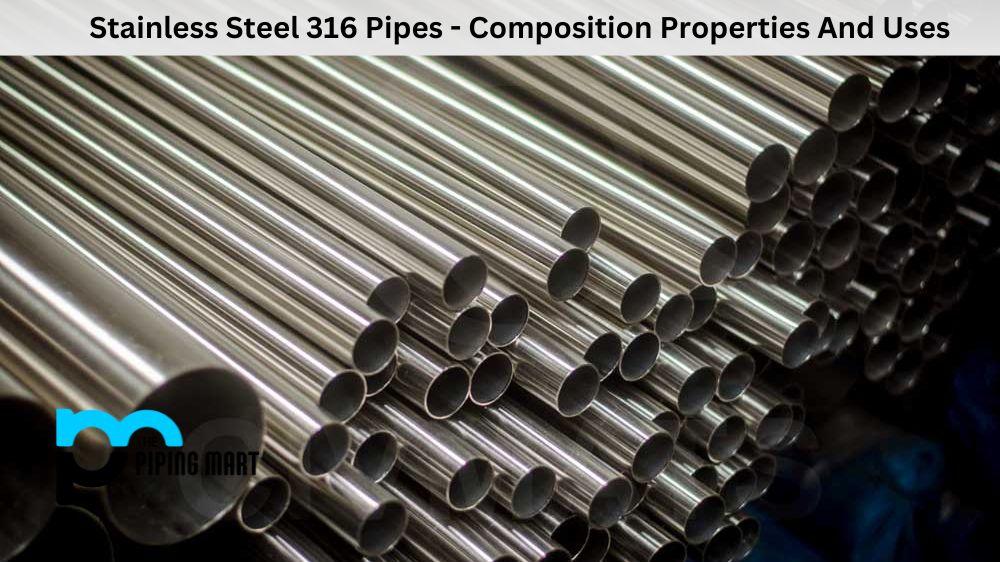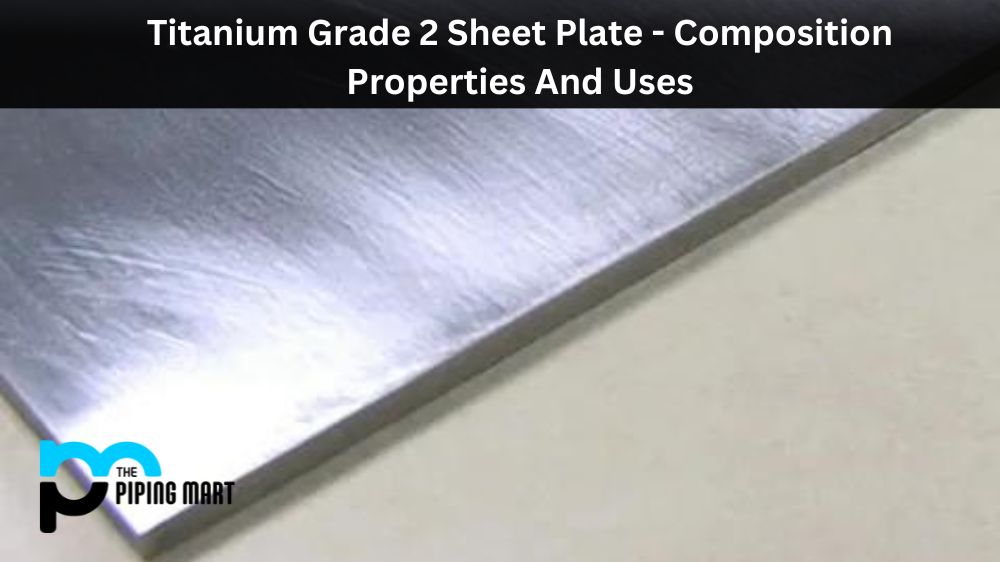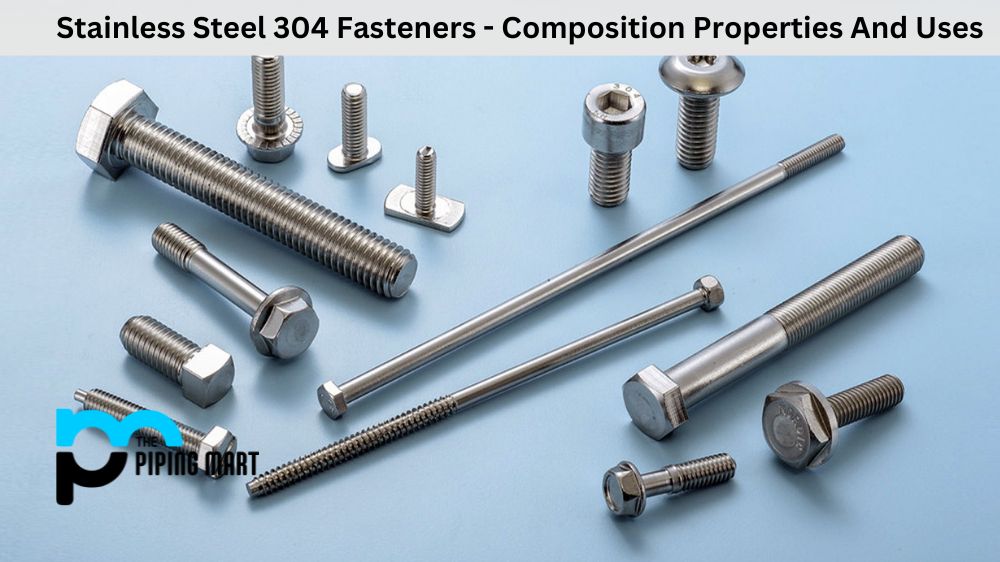Stainless steel 316 pipes are among the most popular types of pipes used in various industries. These pipes are made of high-quality steel that is widely known for its excellent corrosion resistance, high strength, and durability. Many people are familiar with the basic properties of 316 stainless steel, but there is much more to this material. In this blog post, we will explore the composition, physical and mechanical properties, uses, heat treatment, and corrosion resistance of stainless steel 316 pipes.
What is Stainless Steel 316 Pipes?
Stainless Steel 316 Welded Pipe are metal pipes made of stainless steel alloy grade 316. They offer superior corrosion resistance and excellent weldability characteristics due to their high chromium, nickel, and molybdenum content making them resistant to various types of acids, saltwater, and other corrosive environments. The addition of molybdenum also gives these pipes extra strength against pitting corrosion compared to Type 304 pipes.
Stainless Steel 316 Pipes Composition:
Stainless steel 316 is an austenitic alloy that contains 16-18% chromium, 10-14% nickel, and 2-3% molybdenum. It also has small amounts of carbon, manganese, phosphorus, sulfur, silicon, and nitrogen. The addition of molybdenum enhances the corrosion resistance of this material, making it suitable for use in harsh environments.
| Grade | C | Mn | Si | P | S | Cr | Mo | Ni | N | |
|---|---|---|---|---|---|---|---|---|---|---|
| 316 | min. | – | – | – | – | – | 16.0 | 2.0 | 10.0 | – |
| max. | 0.08 | 2.0 | 0.75 | 0.045 | 0.03 | 18.0 | 3.0 | 14.0 | 0.10 | |
Stainless Steel 316 Pipes Physical Properties:
Stainless Steel 316 Seamless Pipe has a density of 8.03 g/cm³ and a melting point of 1399-1420°C. It has a high modulus of elasticity, good thermal conductivity, and low thermal expansion. These properties make it suitable for use in high-temperature applications, such as boilers, heat exchangers, and chemical processing equipment.
| Grade | Density (kg/m3) | Elastic Modulus (GPa) | Mean Coefficient of Thermal Expansion (m/m/0C) | Thermal Conductivity (W/m.K) | Specific Heat 0-1000C (J/kg.K) | Electrical Resistivity (n.m) | |||
|---|---|---|---|---|---|---|---|---|---|
| 0-1000C | 0-3150C | 0-5380C | at 1000C | at 5000C | |||||
| 316 | 8000 | 193 | 15.9 | 16.2 | 17.5 | 16.3 | 21.5 | 500 | 740 |
Stainless Steel 316 Pipes Mechanical Properties:
Stainless Steel 316 Welded Pipe has excellent mechanical properties, such as high tensile strength, yield strength, and hardness. It also has good elongation and reduction of area, which indicates its ability to withstand deformation without breaking. These properties make it ideal for use in structural and mechanical applications.
| Grade | Tensile Strength (MPa) min | Yield Strength 0.2% Proof (MPa) min | Elongation (% in 50mm) min | Hardness | |
| Rockwell B (HR B) max | Brinell (HB) max | ||||
| 316 – 316L | 515 | 205 | 40 | 95 | 217 |
Stainless Steel 316 Pipes Equivalent
| Grade | UNS No | Old British | Euronorm | Swedish SS | Japanese JIS | ||
|---|---|---|---|---|---|---|---|
| BS | En | No | Name | ||||
| 316 | S31600 | 304S11 | 58E | 1.4401 | X5CrNiMo17-12-2 | 2347 | SUS 316 |
Stainless Steel 316 Pipes Uses:
Stainless steel 316 pipes are widely used in various industries, such as oil and gas, chemical processing, food and beverage, pharmaceuticals, and marine. They are used in the construction of pipelines, heat exchangers, valves, fittings, and tanks. Their high resistance to corrosion and high temperatures makes them suitable for use in harsh environments.
Stainless Steel 316 Pipes Heat Treatment:
Stainless steel 316 pipes are typically annealed at temperatures between 850-900°C for 30 minutes per 25mm of thickness. This process relieves stresses and improves the ductility and toughness of the material. It is also possible to harden this material by cold working or by heat treatment.
Stainless Steel 316 Pipes Corrosion Resistance:
Stainless steel 316 pipes have excellent corrosion resistance in a wide range of environments, including seawater, chemicals, acids, and bases. They are resistant to pitting, crevice corrosion, and stress corrosion cracking. This makes them suitable for use in harsh environments where other materials would corrode quickly.
Conclusion:
Stainless steel 316 is an alloy that is widely used in various industries due to its excellent corrosion resistance, high strength, and durability. Its composition, physical and mechanical properties, uses, heat treatment, and corrosion resistance make it suitable for use in harsh environments. Stainless steel 316 pipes have become increasingly popular due to their high resistance to corrosion and good mechanical properties. Understanding the properties of stainless steel 316 pipes is critical in choosing the right material for your specific application.

Abhishek is a seasoned blogger and industry expert, sharing his insights and knowledge on various topics. With his research, Abhishek offers valuable insights and tips for professionals and enthusiasts. Follow him for expert advice on the latest trends and developments in the metal industry.




